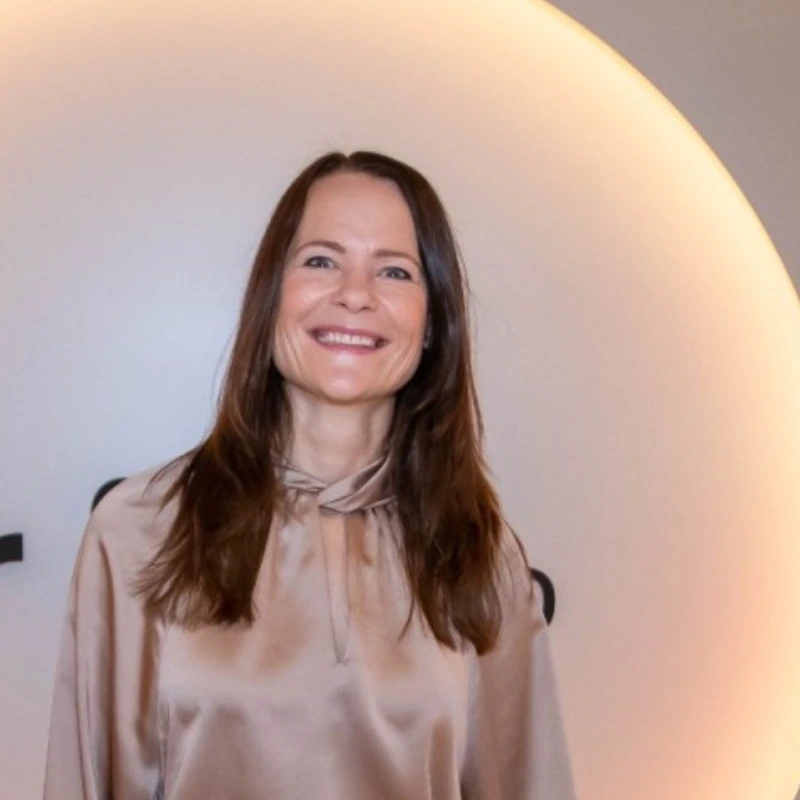Discover the buffer for you. Including a bandwidth.
Get a grip on your situation. Reduce your money worries.
Understand your expenses and discover opportunities for saving and investing.
Invest money purposefully. Ensure a comfortable future.
Direct beginnen met een betere buffer opbouwen?
* De buffer is een richtlijn op basis van ingeschatte factoren, het werkverband, inkomsten en uitgaven. Pas deze aan op jouw situatie. Voor een gedetailleerde berekening, gebruik de Nibud-calculator










